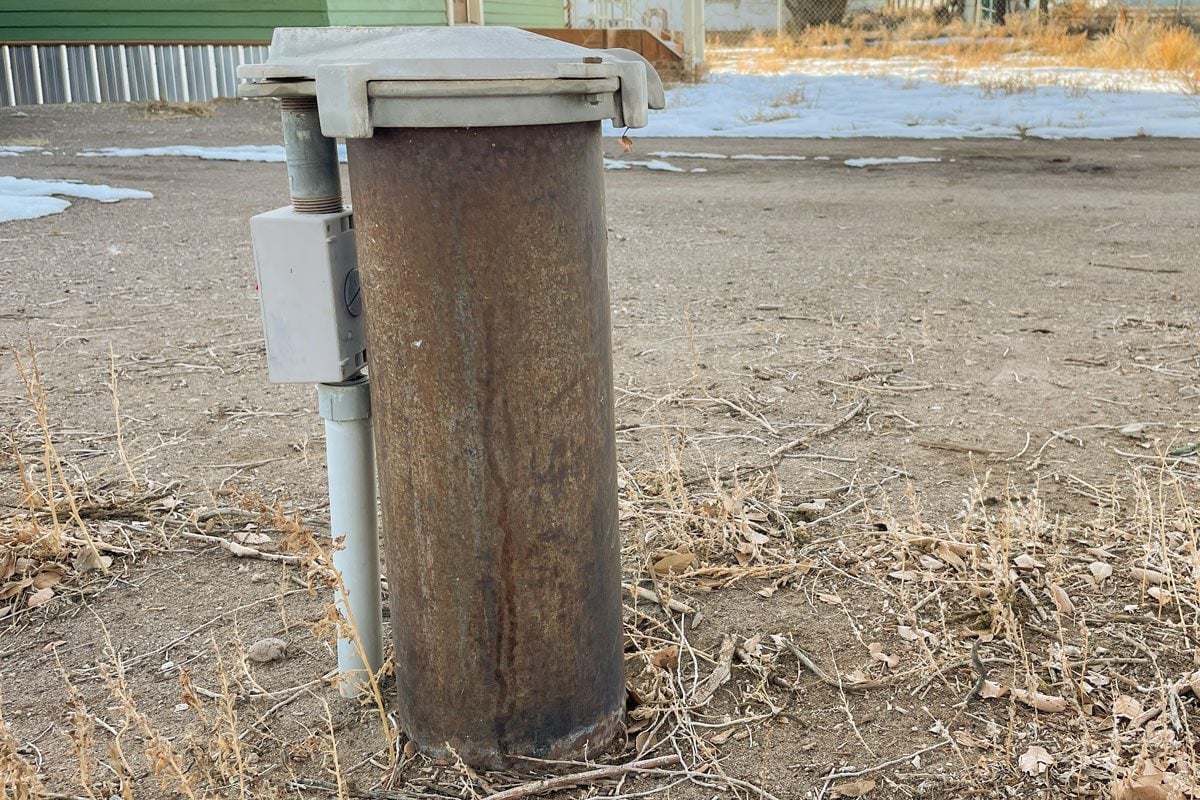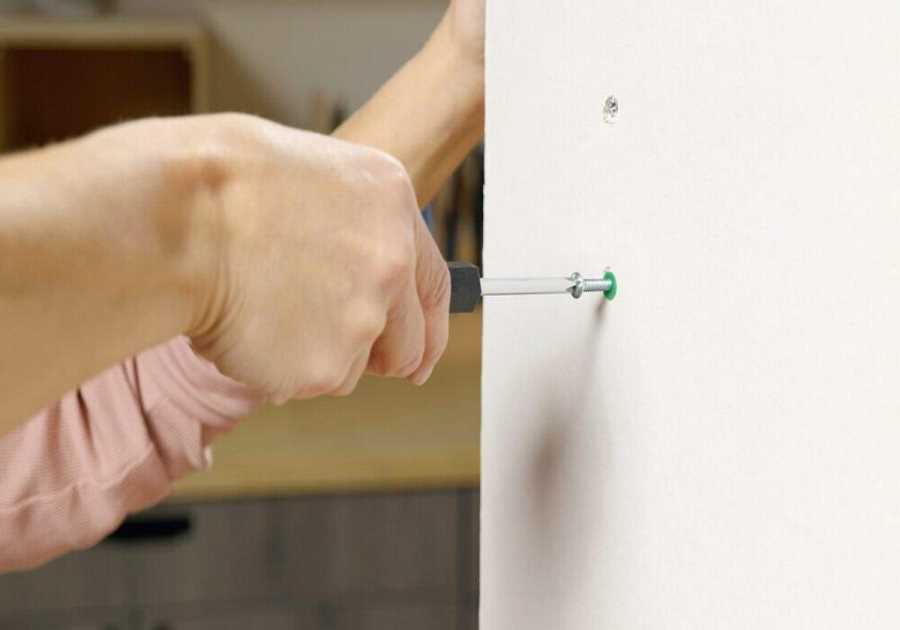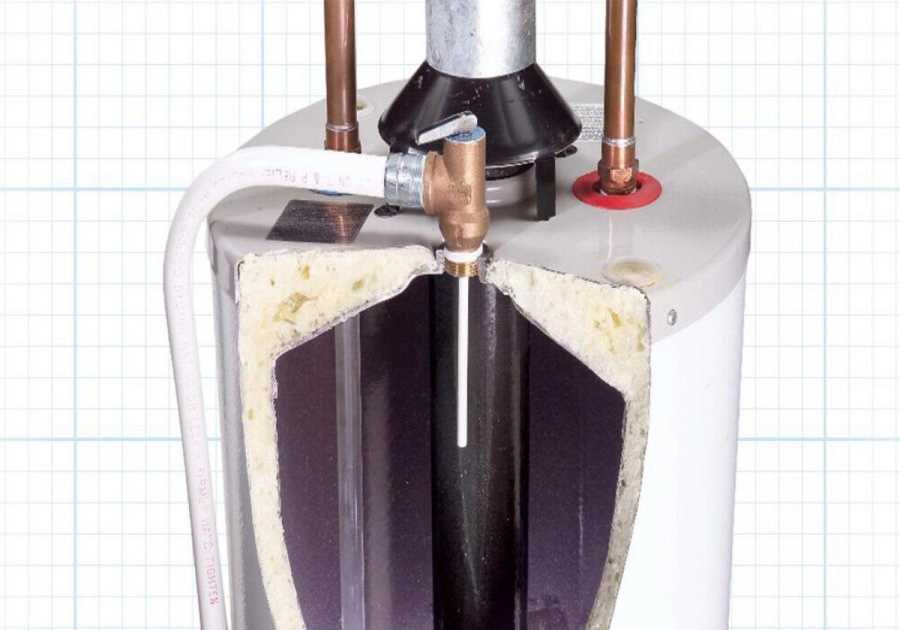Well water tastes amazing, and it’s great to not pay a water bill. But after living in houses with wells for most of my life, I never take for granted that water will appear every time I turn on the faucet. From leaky and frozen pipes to faulty pressure tanks and drought, I’ve learned first-hand what can go awry with wells.
Fortunately, many of these pitfalls can be avoided with a little maintenance. It’s also a good idea to develop a basic understanding of how your system works.
“Taking good care of your water well is essential to ensuring your family has a consistent supply of high quality drinking water for years to come,” says Charlene Bean, wellcare program supervisor at Water Systems Council (WSC).
Follow these steps to keep your well running smoothly and your water supply safe, according to the experts.
Test Well Water Regularly
Well water can contain contaminants, so it’s important to test your well water at least annually for bacteria, nitrates, arsenic and local contaminants of concern.
If you’ve never had your well tested, if it’s been more than five years since the last one, or if there’s been a major weather event, get a more comprehensive test from a local lab or a testing service like Tap Score.
“If you have what can be called a vulnerable well, typically one in shallow sands or karst, which is broken rock geology, or you can see a large swing in nitrate concentrations during wet or very dry seasons, you should consider testing more often,” says David Traut, president of the National Ground Water Association (NGWA).
Common sources of nitrates include fertilizers and animal waste, commonly found near agricultural areas.
Visually Inspect Wells
Several times a year, inspect your well and wellhead for puddling on the surface, a tilted wellhead, and broken, cracked or otherwise damaged above-ground components. Why? “Those can allow for dirt, dust and critters to enter the well,” says Traut. “Insects, reptiles and small animals can and will find access into a well.”
NGWA recommends homeowners hire a licensed well contractor to inspect systems every year to check the pump’s capacity/flow, valves, electrical conductance/motor and the well’s water levels. However, WSC recommends only doing this every five years, as long as there is no concern with the well.
If your water pressure has dropped, contractors can also check for pump wear and mineral buildup inside the pump casing. “Over the years, this will give insight on water levels, quality and quantity, plus provide some forward vision as to when you might experience a pump failure,” says Traut.
Get To Know Your Pressure Tank
On a well, you’ll likely notice water pressure changes from time to time, like partway through a shower. That’s the pressure tank refilling. It regulates water pressure and prolongs the life of your pump by storing a pressurized supply of water, so the pump doesn’t have to turn on every time you open a faucet.
If you hear clunking, your well pump runs constantly or your water pressure becomes low, it could be a sign that there’s not enough air pressure in the tank.
Maintain Water Treatment Systems
Develop a regular maintenance plan for all your water systems, including your septic, water softener and house/tap filters. For septics, it’s standard to get them inspected every year or two, plus have them pumped every three to five years. For filters and softeners, follow the manufacturer’s recommendations.
Water softeners are often important companions to wells. Groundwater can have high levels of calcium, magnesium and other minerals that clog showerheads and reduce the lifespan of water heaters and other appliances.
“It is important to note that not all well systems need treatment and homeowners should not diagnose water quality concerns on their own,” says Bean. “Always test your water first and seek guidance from a certified water treatment professional before installing treatment.”
Conserve Water
“Many people believe they have an endless supply of water,” says Bean. But the reality is, depleted groundwater levels are becoming a significant problemin half of the U.S.
A lower water table may cause your pressure to drop, because the pump needs to work harder to lift water higher. In some cases, wells can dry up entirely. To be ready for these situations, pay attention to drought and other conditions in your area, and do your best to conserve water.
Can I Fix My Own Well?
Maybe, but the experts recommend hiring a professional.
“When it comes to private wells, the most important thing to remember is that you are the only one responsible for keeping an eye on your water quality,” says Johnny Pujol, water quality engineer at Tap Score. “Proper installation and maintenance, the right treatment and yearly lab testing all work together to keep your well water safe, clean and hopefully delicious.”
FAQs

How does a well water system work?
A pump delivers water naturally stored below ground into your home. Systems are typically comprised of a well casing with a screen and tubing, an electrical pump and a pressure tank.
How much does it cost to replace a well water system?
Installing a new system, including drilling a well, can cost a few thousand to more than $20,000, depending on the geology and other factors in your area.
How many years does well water last?
It varies widely depending on your geographical location, local geology and regular maintenance. Typical estimates are usually between 20 and 50 years.
Can you run out of water in a well?
Yes. If the water table drops below your pump’s intake, the well will be dry until the groundwater recharges or other geological and hydrological conditions change.
How much does a well water pump cost?
If you’re replacing the pump in your well system, expect to spend $1,000 to $2,500 for the pump, plus labor.
How often do you need to replace a well tank?
Pressure tanks between your well and your household water pipes have life expectancies between five and 30 years, depending on the model and how well it’s maintained.
About the Experts
- Charlie Bean is the wellcare program supervisor for the Water Systems Council(WSC), a nonprofit committed to ensuring the 23 million Americans with water wells have safe, reliable drinking water. It also publishes the Well Owner’s Manual and maintains a list of certified water professionals.
- David Traut is the founder of well water contractors Traut Companies in St. Joseph, Minnesota, and president of the National Ground Water Association (NGWA). He’s also a master groundwater contractor, the NGWA’s highest certification. NWGA provides this resource for well owners.
- Johnny Pujol is a water quality engineer at Tap Score, which offers this well maintenance calendar and this resource for well owners.
Additional Sources
- Centers for Disease Control and Prevention (CDC), Well Maintenance.
- Environmental Protection Agency (EPA), Protect Your Home’s Water.
Did you miss our previous article...
https://rsssuperfeeds.com/life-hacks/how-to-use-pipe-dope-for-plumbing-leak-prevention






